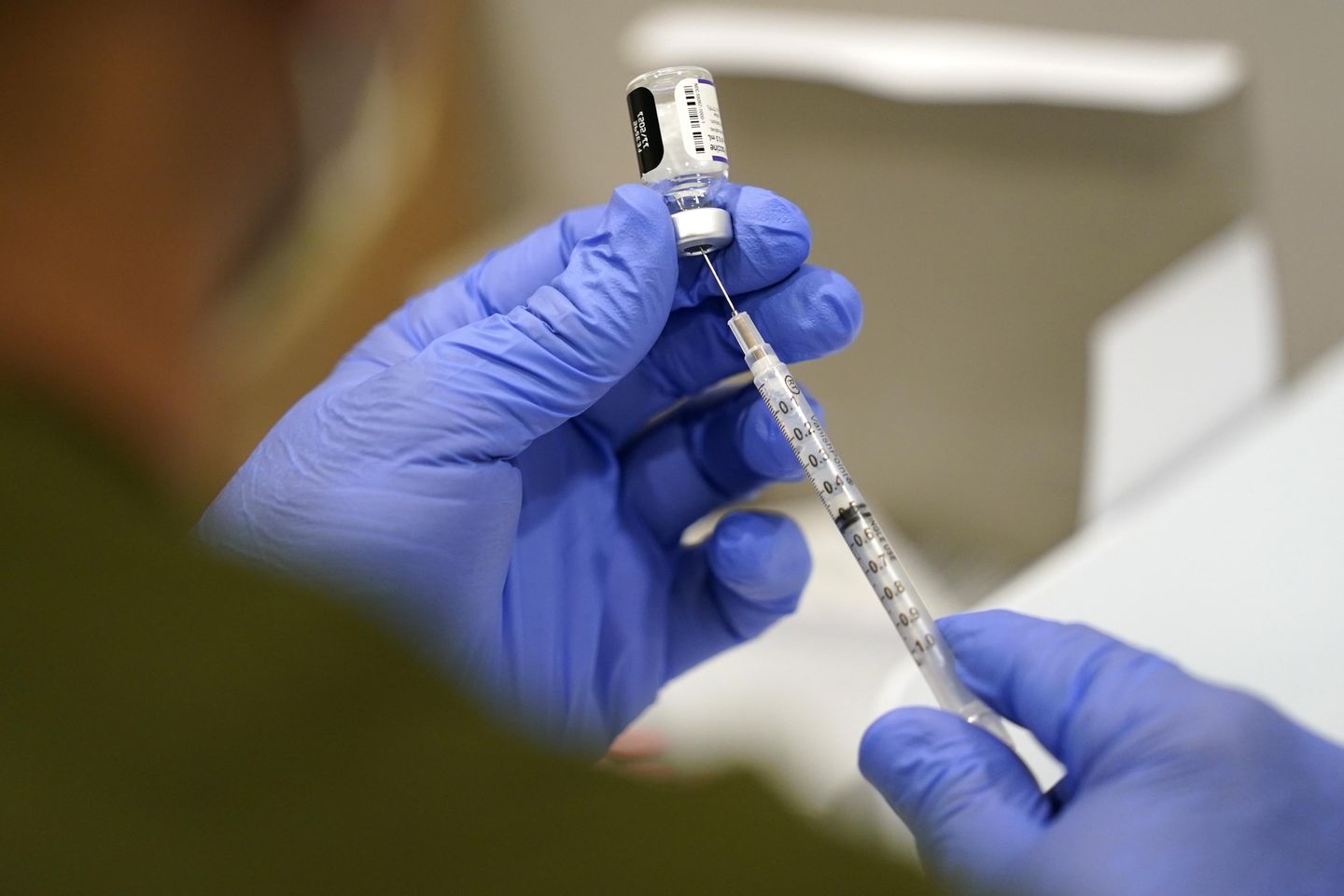
A Stanford University-led study estimates that COVID-19 vaccinations saved 2.5 million lives from 2020 to 2024, mostly among older adults and far fewer than earlier reports suggested.
That’s the equivalent of one death averted for every 5,400 vaccine doses administered worldwide during the period, according to the findings published Friday in JAMA Health Forum. Official estimates say 7 million people died from the virus worldwide in those years.
Led by three Stanford researchers, the study noted that 90% of the lives saved were among people 60 or older, and 82% stemmed from vaccinations administered before they tested positive for COVID.
Lead author John P. A. Ioannidis, a Stanford epidemiologist, said the estimates are much lower than the 20 million lives that early studies claimed vaccines saved in the first year of inoculations alone.
At the same time, he said they refute the exaggerated estimates of vaccine skeptics who claim the jabs “killed many millions of people.”
“I hope that people who have taken or even published extreme positions regarding COVID-19 vaccines, either favorable or unfavorable, will be willing to consider our findings with calm reflection,” Dr. Ioannidis said in an email. “We are open to revising our estimates if better data arise in the future.”
He said the “substantial uncertainty” that still clings to official COVID death tallies calls for rigorous long-term randomized trials of future vaccines, which did not occur in the rush to inoculate people during the recent pandemic.
According to Dr. Ioannidis, “mandates and punitive measures” aimed at inoculating the young likely kept many older people with major health problems away from the shots, reducing their effectiveness where they were most needed.
“The mandates and the aggressive push to vaccinate everyone probably did not help, and the coercive, almost messianic messaging caused damage to public health with an increase in vaccine hesitancy and loss of trust in medicine and medical science,” he added.
Overall, the study estimated that every 900 vaccine doses saved a year of human life, or 14.8 million life-years total. But most occurred among older adults outside of long-term care facilities.
Among the 4 billion people younger than 30 who represent half the global population, the study estimates that vaccines save only about 2,000 lives.
The study found COVID vaccines saved only a quarter of a million people aged 30 to 59, who account for slightly less than 3 billion out of 8 billion people on the planet.
In an invited commentary published alongside the study, epidemiologist Monica Gandhi endorsed its recommendation that future pandemic vaccines focus on reaching at-risk adults rather than the entire population.
“Long-shuttered schools in the U.S. was not necessary to protect children and did harm them in terms of leading to learning loss, especially among children from high poverty backgrounds,” said Dr. Gandhi, a University of California at San Francisco medical professor.
Reached for comment, other public health experts not involved in the study offered mixed reactions to it.
“It reinforces and quantifies what we already know about the efficacy of these vaccines,” said Dr. Amish Adalja, an infectious disease specialist and senior scholar at the Johns Hopkins Center for Health Security. “The COVID vaccines were essential to ending the pandemic and its onslaught on hospital capacity.”
Dr. Meryl Nass, an internist and critic of COVID vaccine mandates who serves as a scientific board member at Children’s Health Defense, said the study raises more questions than it answers about the jab.
“Given this finding, which has been repeated in multiple countries, it is difficult to believe that vaccine efficacy saved the lives of millions of people,” said Dr. Nass, a skeptic of COVID-19 treatments whose advocacy group was founded by Health and Human Services Secretary Robert F. Kennedy Jr.
For more information, visit The Washington Times COVID-19 resource page.











